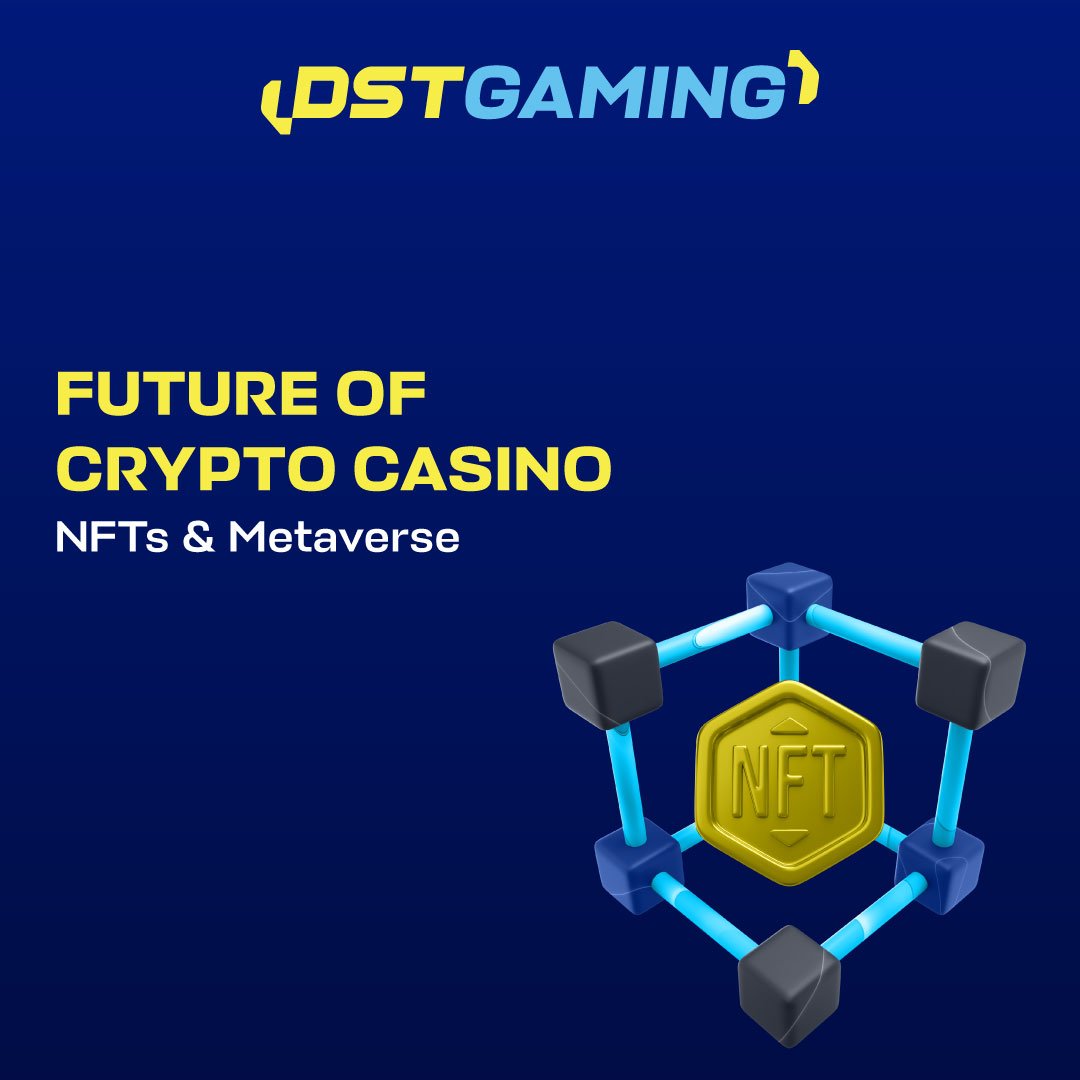The gaming industry’s shift toward continuous updates as an industry standard reflects fundamental changes in business models, player expectations, and technological capabilities. By 2025, 78% of AAA titles operate as live-service games, compared to just 35% in 2020. This transformation is driven by the economics of games-as-a-service (GaaS), which prioritizes recurrent revenue streams over one-time purchases.
Continuous Updates in Gaming
Titles like Fortnite and Apex Legends generate over 80% of their annual income through battle passes, cosmetic microtransactions, and seasonal content—a stark contrast to the boxed-sales dominance of the 2010s. Developers now treat games as evolving platforms, with studios such as Ubisoft allocating 60% of their workforce to post-launch support, up from 20% a decade ago.
By 2025, 82% of studios report prioritizing post-launch content pipelines, up from 45% in 2018. This shift reflects a broader transition from static products to dynamic platforms, with players now spending 68% of their gaming time in live-service titles, according to Newzoo’s 2024 Global Games Report.
EA’s Apex Legends maintains a 92% player retention rate after major updates, ensuring steady income between title releases. Developers mitigate risk by extending a game’s lifecycle: Genshin Impact’s 4.0 update in 2023 revived daily active users by 210%, proving updates can resuscitate aging titles.
The Parallel Trends in iGaming Industry
The iGaming sector mirrors these trends, with reliable platforms offering promos like Caesars Online Casino promo code using AI to personalize promo code distributions.
Blockchain integration can also enable real-time reward adjustments, with decentralized casinos offering dynamic loyalty tiers updated weekly. Regulatory shifts in the EU and North America now require "update parity," mandating that iGaming content expansions match the pace of traditional video games—a rule impacting 70% of licensed operators by 2025.
Psychological Factors in Player Engagement
Psychologically, continuous updates exploit engagement loops rooted in self-determination theory. Players seek autonomy (choice in content), competence (mastery through new challenges), and relatedness (shared social experiences)—needs met through regular updates.
Limited-time events, such as Call of Duty’s 72-hour "Warzone Emergence" modes, trigger FOMO (fear of missing out), boosting logins by 150% during active seasons. Neurobehavioral studies show that variable reward schedules in battle passes activate dopamine responses akin to gambling mechanics, though ethical frameworks now mandate "playtime transparency" tools in 49 countries to mitigate addiction risks.
Overwatch 2’s “Lunar New Year” challenges increase playtime by 3.2 hours per user during active periods. The endowment effect—where players invest time into seasonal content—boosts retention, with 64% of battle pass purchasers completing tiers to “protect” their investment. However, 2024’s Global Player Wellbeing Summit highlighted ethical concerns: 33% of players report anxiety about missing time-limited content, prompting platforms like Steam to introduce “update fatigue” filters.
The Future of Gaming
Looking ahead, the convergence of generative AI and player data will enable hyper-personalized content. Ubisoft’s "Neo NPCs" project demonstrates prototypes that adjust questlines based on real-time biometric feedback—a concept poised to dominate GaaS design by 2026. As player tolerance for "finished" products diminishes, the industry’s endgame is clear: Games are no longer products but persistent ecosystems, redefined by the update cycles that sustain them.
The industry’s future lies in treating games as evolving platforms rather than finished products. With 88% of Gen Z gamers preferring “forever games” over single-player narratives, developers must balance ethical engagement with profit. As AI and cloud tech advance, the line between game and service will blur entirely—a transformation as profound as the shift from arcades to consoles.


















